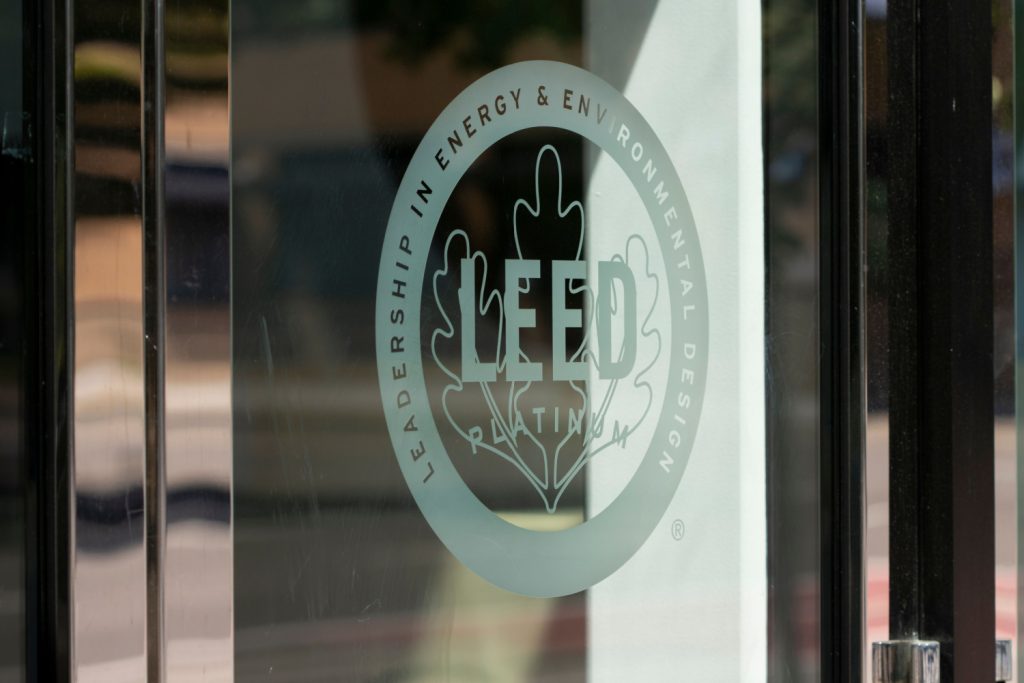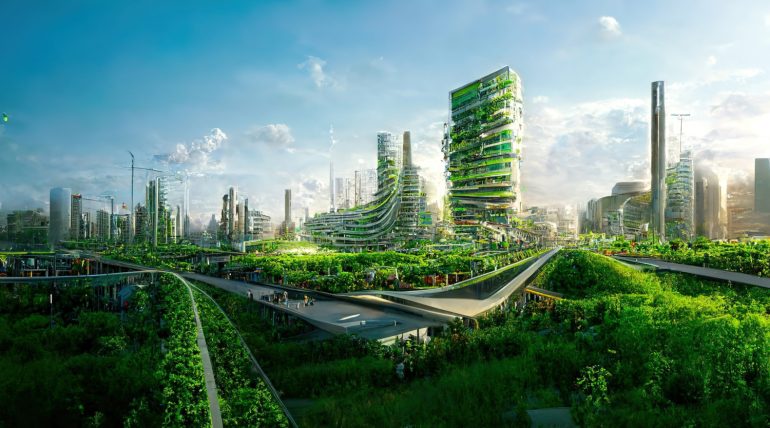Green building (also known as high-performance building) plays an important role in global sustainability by reducing environmental impacts associated with the building industry. Green building means constructing and operating buildings in an environmentally sustainable way, from design to demolition. It includes efficient use of materials and resources throughout the building lifecycle, such as the use of renewable materials, energy-efficient design, and operational practices.
Other green building strategies include reducing light and water pollution, using transportation alternatives, and integrating green infrastructure. By utilizing green building practices, buildings can contribute to reduced global greenhouse gas emissions, improved air quality, and more efficient consumption of resources. With its multiple benefits, green building is paving the way towards a more sustainable future.

A LEED certification is an official recognition awarded to a building, home, or neighborhood that meets certain standards set by the U.S. Green Building Council (USGBC). These standards include things like energy efficiency, water conservation,use of renewable materials, indoor pollution control, and other green practices.
A LEED certification validates that a building has met these standards and encourages the property owner to continue to use green practices. A LEED certificate is an official document that proves a building has achieved this certification. It is typically displayed in a prominent area of the building, similar to the way other awards and certificates are displayed.
In recent years, the trend towards LEED certification has increased dramatically as more and more individuals, companies, and governments are recognizing the benefits of Sustainable Building practices. Through LEED certification, developers and property owners can demonstrate their commitment to sustainable building practices and reduce their environmental impact.
By following LEED standards, buildings can become more energy-efficient, use fewer resources, and reduce their carbon footprint. This has helped to reduce operating costs, lower water consumption, and create healthier indoor environments. In addition, LEED certified buildings often have increased value, as buyers recognize the environmental benefits associated with the certification.
As the trend towards LEED certification continues to rise, more and more developers and property owners are turning towards green building practices, helping to create a more sustainable future.


